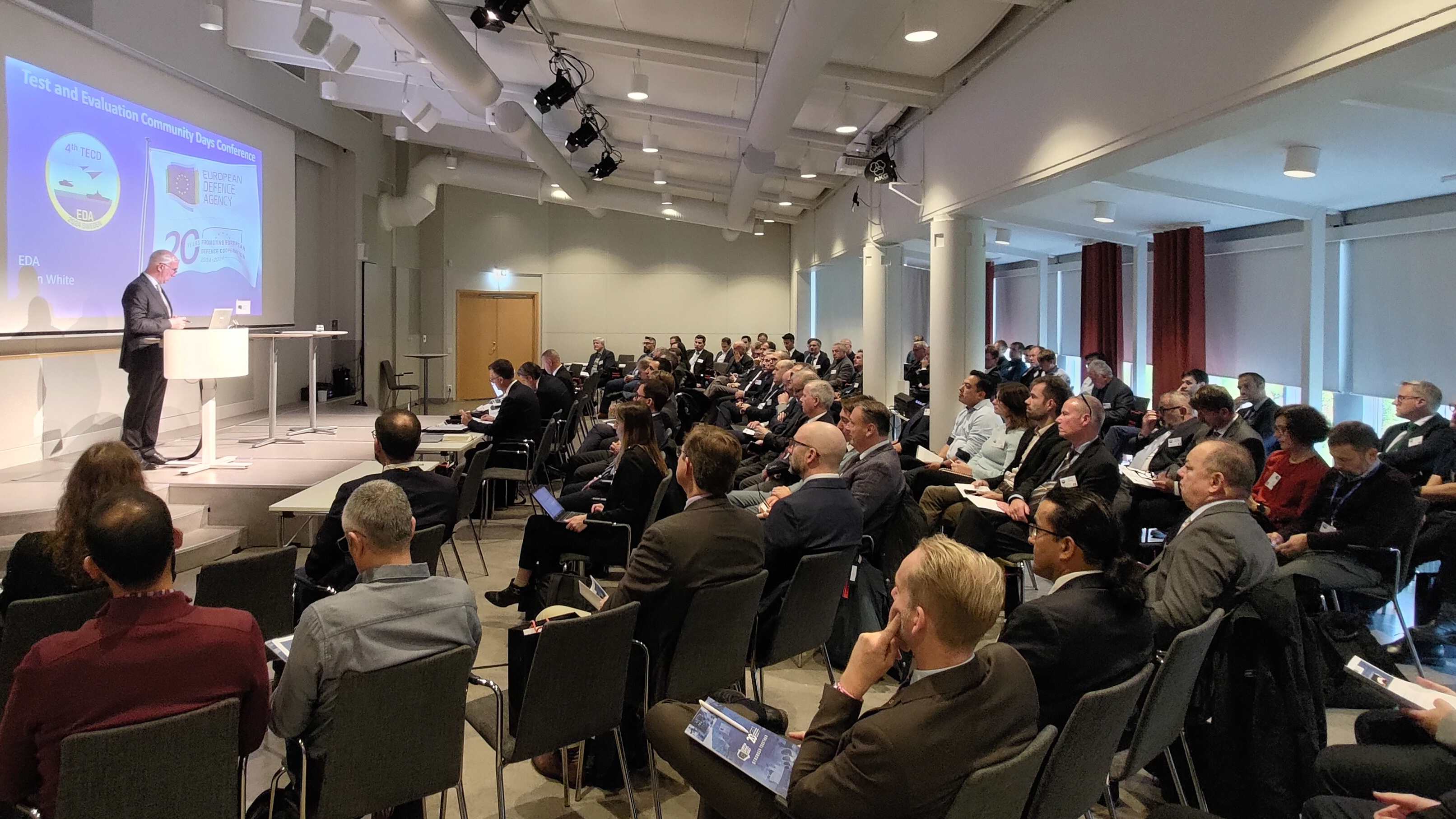The European Defence Agency (EDA) brought together military experts, researchers, and industry professionals in October to shape the future of testing and evaluation of military capabilities.
The development of testing and evaluation (T&E) centres for defence systems has been a priority for the EDA since its inception in 2004. Ensuring that testing across the EU follows the same procedures is crucial for interoperability among European forces and for equipment, where interoperability must be established from the ground up.
Over the three days of the conference from 8 October 2024, more than 100 participants from 18 EU Member States, EDA partner countries, EU institutions, and other relevant stakeholders gathered for the Fourth Test and Evaluation Community Days Conference in Linköping, Sweden.
In Linköping, delegates reflected on lessons learned from the war in Ukraine, the impact of artificial intelligence (AI) on defence testing capabilities, the influence of big data on decision-making within T&E organisations, and what testing and evaluation may mean for a new generation of experts.
As multidomain operations become a crucial element of modern warfare, understanding the interplay between air, land, maritime, space, and cyber operations is essential for building interoperability. In Sweden, experts shared case studies on international cooperation, illustrating how countries can collaborate to overcome common challenges, such as differing testing requirements and procedures across jurisdictions.
Part of the discussions was the IT platform developed for the European Defence Test and Evaluation Base (DTEB). This platform aims to identify test centres across EU Member States, highlighting available resources and challenges in the domains of land, maritime, air, space, and cyber defence. This initiative could play a pivotal role in addressing gaps in testing and evaluation resources across Europe, leading to more integrated and efficient efforts.
The event was co-organised with the Swedish Defence Materiel Administration, and delegates visited two test centres, one for land in Karlsborg and the other for air in Linköping.
